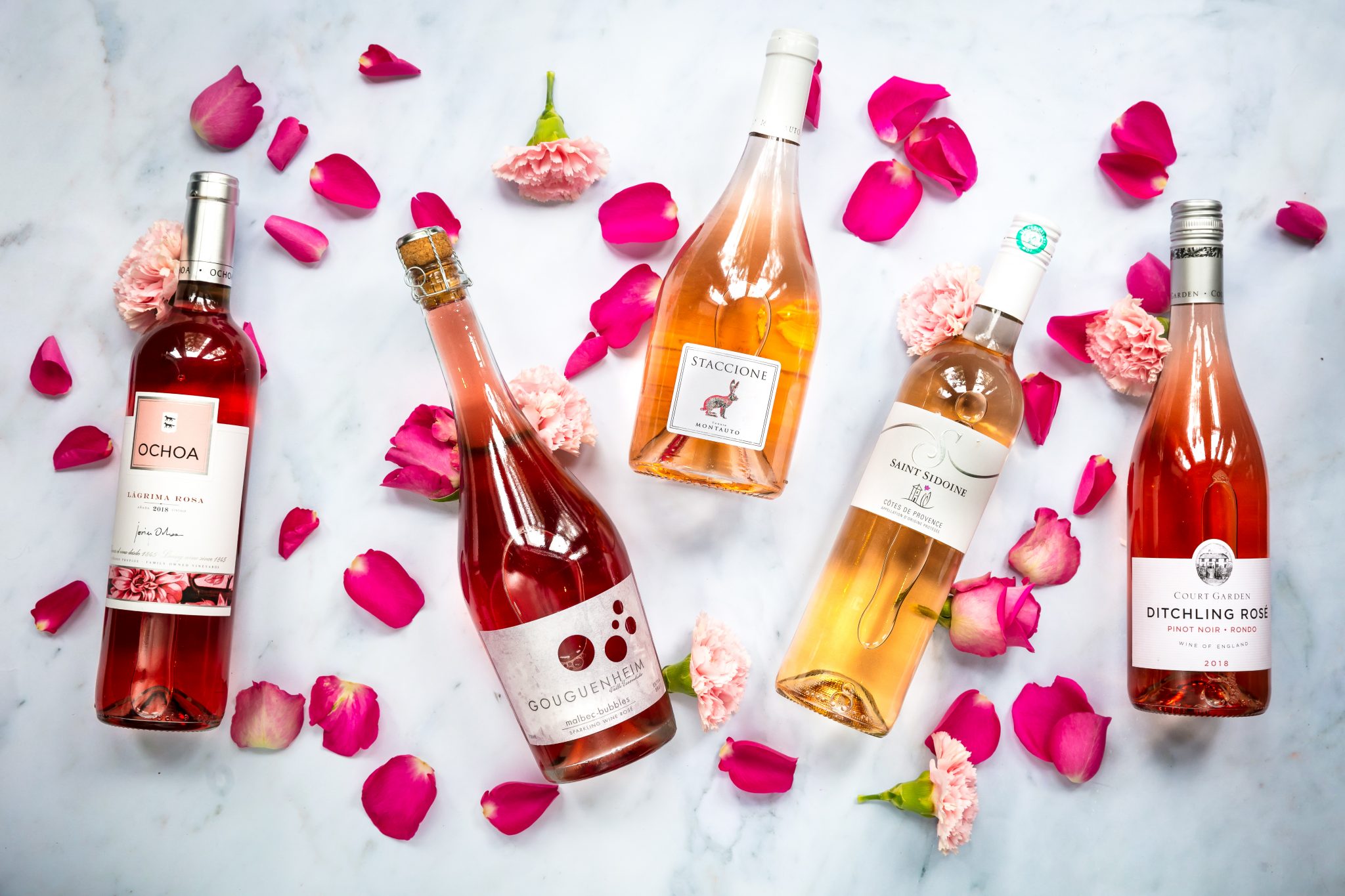
The UK’s love affair with all things rosé continues to grow. Explore the different styles from around the world with our rosé wine blog.
Making rosé wine
In ancient times, most if not all wines were rosé as both white and red grapes were fermented together. Today, red and white are the favourites, although rosés are becoming very popular. Rosé wines are made the same way as reds except the maceration is much shorter. During this process both tannins and colour are extracted from the skin. A shorter maceration means low to no tannins are extracted and the colour of the wine is pink instead of red.
Rosé de press: This really short maceration has become the most popular way to make rosé. The grapes are pressed, and the skins are removed almost right away. The result is a rosé with a very pale colour and no tannins.
Rosé de saignée: ‘Saignée’ means bleeding in French. This is a traditional method where the grapes are lightly crushed, not pressed, so the juice can extract the colour from the skin. Depending on the shade required by the winemaker, the skin contact may last for 12 to 24 hours before the skins are removed.
Different styles of rosé wine
Provence: The most popular rosé and the summer tipple of choice. Made mainly with Grenache and Cinsault these wines are pale, easy drinking and refreshing with notes of salinity on the finish. Most Côtes de Provence are meant to be drunk in their youth, yet some more serious and age worthy rosés are also produced in Provence. Many winemakers now allow for the malolactic fermentation to take place adding texture to their wine. Bandol are a great example.
Pinot Noir: Both saignée and press method are used but, due to the nature of the grape, there are no tannins and the colour is light, yet not as pale as in Provence. Pinot Noir rosés are delicate with raspberry notes. Some great examples are found from Sancerre and New Zealand.
Other still rosés: Light styles are now made all over the world with Sangiovese showing great results in Tuscany. Darker rosés have also been generating a lot of attention in recent years. In Spain the ‘saignée’ method, known as Lagrima, is used with local grapes, while in Tavel (Rhône Valley) both colour and tannins are extracted giving the wine a lot of character and complexity. In California, Zinfandel is the grape of choice creating sweet aromas. View all our rosés.
Sparkling: In Champagne, white and red wine may be blended before the second fermentation takes place (creating the bubbles) so the Champagne is rosé in colour. Most sparkling rosé are made the same way around the world when using this traditional method. Learn more here about sparkling wine.

